Top Things to Know Before Buying Cactus House Plants
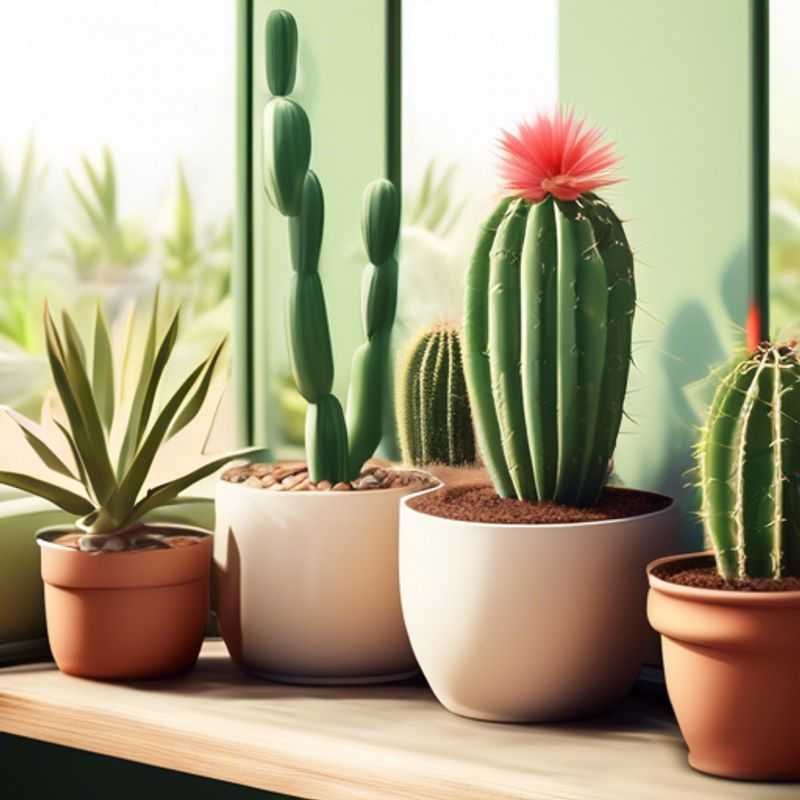
Top Things to Know Before Buying Cactus House Plants: Research, Size, Health, Watering, Sunlight, Spines, Soil, and Container
Bringing a cactus into your home is a fantastic way to add a touch of the desert's rugged beauty and low-maintenance greenery. But before you fall in love with a spiky friend, there are a few essential things to consider. I always find it's best to do your research before bringing any new plant home, and cacti are no exception.
First, research the specific care requirements for the type of cactus you want to buy. Cacti are a diverse group, with each species having unique needs for sunlight, water, and soil. A thorough understanding of your chosen cactus's preferences will make a world of difference in its health and longevity.
Next, consider the size and growth habits of the cactus. This is crucial to ensure it fits comfortably in your chosen spot. Some cacti remain compact, while others can grow quite large. Remember that your cute little cactus might become a giant one day! Imagine the joy (or maybe the slight panic) of a cactus outgrowing its space.
Look for healthy, pest-free cactus plants from reputable nurseries or online retailers. This is important to ensure your new cactus has a strong start. Keep an eye out for any signs of disease or infestation, and don't hesitate to ask questions about the cactus's care history. It's always better to be safe than sorry!
Understand the watering needs of cacti. While they are known for their drought tolerance, cacti still need water, just not as frequently as other plants. It's crucial to adjust watering based on the climate and the cactus's specific requirements.

Cactus Care 101: Researching the Specific Needs of Your Prickly Friend
Before bringing a cactus home, it’s crucial to understand its specific care needs. Each cactus species has unique requirements for sunlight, water, soil, and temperature.
Researching these factors is essential for your cactus’s health and well-being. The internet is a valuable resource. Search for the cactus's scientific name or common name followed by "care guide" or "growing instructions."
Consider these key factors:
Sunlight: Some cacti thrive in full sun, while others prefer partial shade. Incorrect sun exposure can lead to sunburn or stunted growth.
Watering: Cacti are desert dwellers and generally need less water than other plants. Overwatering is a common mistake, leading to root rot.
Soil: Well-draining soil is essential for cacti, as they don’t tolerate soggy conditions.
Temperature: Most cacti prefer warm temperatures, but some can tolerate colder climates.
Don't hesitate to ask for advice from a local nursery or cactus specialist. Their expertise can help you choose the right cactus for your home and provide valuable care tips.
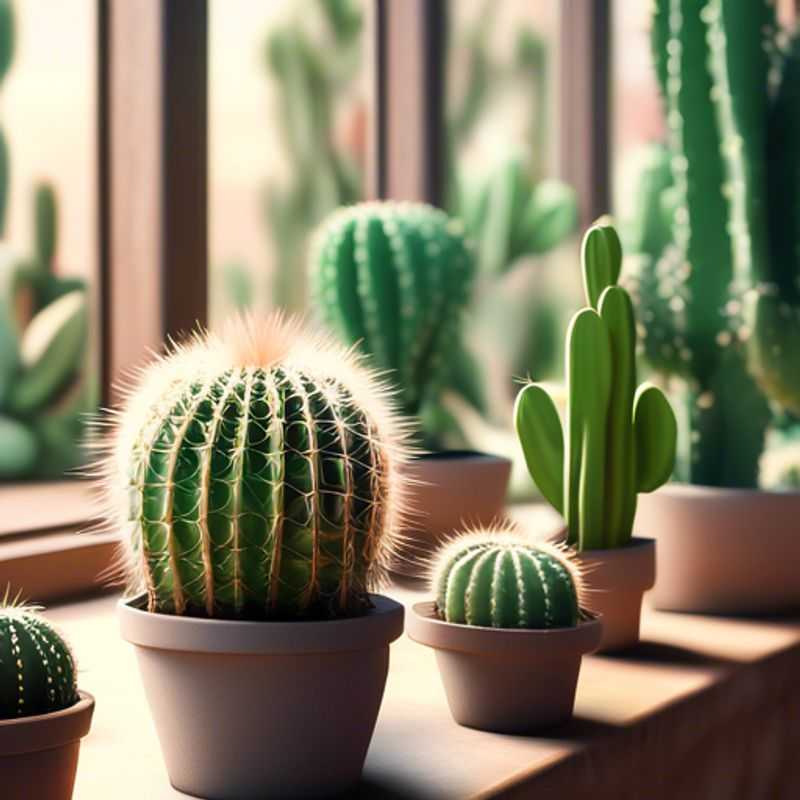
Choosing the Right Cactus: Space Considerations and Growth Habits
Choosing the right cactus for your home is an exciting adventure, but it's crucial to consider the plant's potential size and growth habits. Space is a key factor!
Imagine a tiny cactus that you bring home, only to realize it's destined to become a giant in a few years, overwhelming your space! To avoid this, you need to research the mature size of the cactus you're considering. This can be done through online resources or by asking experts at your local nursery.
Growth habits are equally important. Some cacti grow tall and slender, while others spread out horizontally. Knowing how your cactus will grow helps you plan accordingly. Will it need a tall pot, or will it need a wide space to spread its branches? This will affect your choice of pot and its placement in your home.
Don't underestimate the power of careful research! By understanding a cactus's size and growth habits, you'll make a smart choice that's both beautiful and practical for your space.
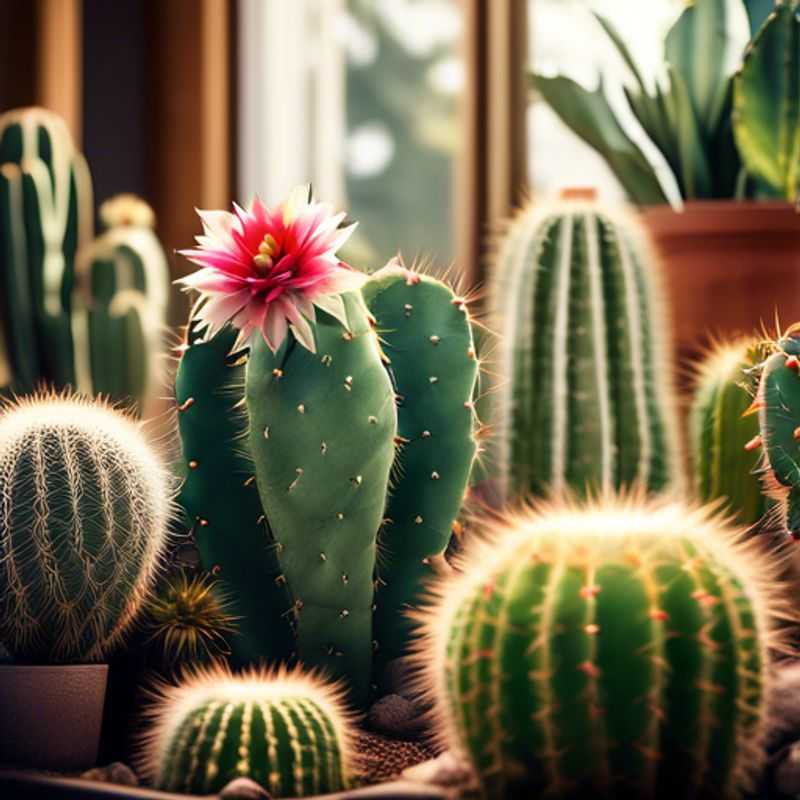
Finding Healthy, Pest-Free Cactus Plants: A Guide to Reputable Sources
When embarking on your cactus journey, prioritizing the health and pest-free status of your chosen plants is paramount. Opting for reputable nurseries or online retailers offers the best chance of acquiring healthy cacti. Reputable nurseries typically have knowledgeable staff who can guide you towards suitable options and provide valuable care tips. Look for plants that exhibit vibrant coloration, sturdy spines, and a plump, well-hydrated appearance. Avoid cacti with signs of discoloration, wilting, or insect infestation.
Online retailers often provide detailed descriptions and images of their cacti, allowing you to assess their condition remotely. Check customer reviews and testimonials to gauge the retailer's reliability. While browsing, be mindful of shipping costs and potential damage during transit. Ensure the packaging provides adequate protection for your delicate cacti. Before making any purchase, research specific cactus species, their growth requirements, and potential pest susceptibility to make an informed choice that aligns with your available resources and climate.

Understanding Cactus Watering: A Guide to Keeping Your Prickly Friends Thriving
Understanding the watering needs of cacti is crucial for their health and longevity. Generally, cacti require less water than most houseplants due to their adaptation to arid environments. During the growing season, typically from spring to early fall, cacti should be watered every two to three weeks, allowing the soil to dry out completely between waterings. In winter, when many cacti enter dormancy, watering should be reduced significantly, sometimes to once a month or less.
Climate plays a significant role in determining the exact watering schedule. In hotter and drier climates, cacti may need more frequent watering, while in cooler, more humid areas, they require even less. It's essential to monitor the soil moisture; if the top inch of soil feels dry, it’s time to water. Overwatering is a common mistake that can lead to root rot, so always err on the side of caution.
When planning for the watering needs of cacti, consider potential costs associated with soil moisture meters or drainage pots to ensure proper watering practices. Additionally, investing in quality cactus soil can help retain the right amount of moisture without risking over-saturation. Remember, understanding and adjusting to your specific climate will help your cacti thrive.
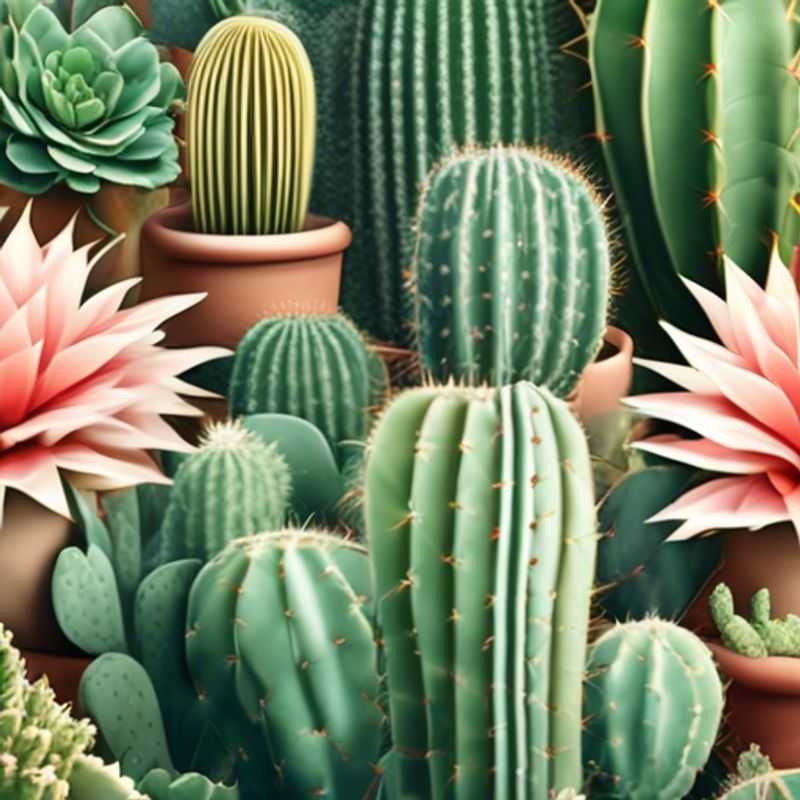
Sun-Kissed Success: Tailoring Sunlight for Your Cactus
Understanding your cactus's species is crucial for providing the right amount of sunlight. Not all cacti thrive in the same conditions. While most cacti are desert natives and love sun, some prefer partial shade.
Research your cactus species to determine its specific sunlight needs. Some common types include:
Full Sun Cacti: These cacti thrive in direct sunlight for most of the day. Examples include: Barrel cactus, Saguaro, and Prickly Pear.
Partial Sun Cacti: These cacti prefer a mix of sun and shade. They often do well in morning sun and afternoon shade. Examples include: Hedgehog Cactus, Pincushion Cactus, and Moon Cactus.
Observe your cactus closely. Signs of too much sun include: wilting, yellowing, or burning of the cactus. Signs of too little sun include: long, spindly growth and a pale, unhealthy appearance.
Adjusting your cactus's position can help it thrive. Rotate your cactus regularly to ensure all sides receive even sunlight. You can also use shade cloths or screens to reduce the intensity of sunlight during peak hours.
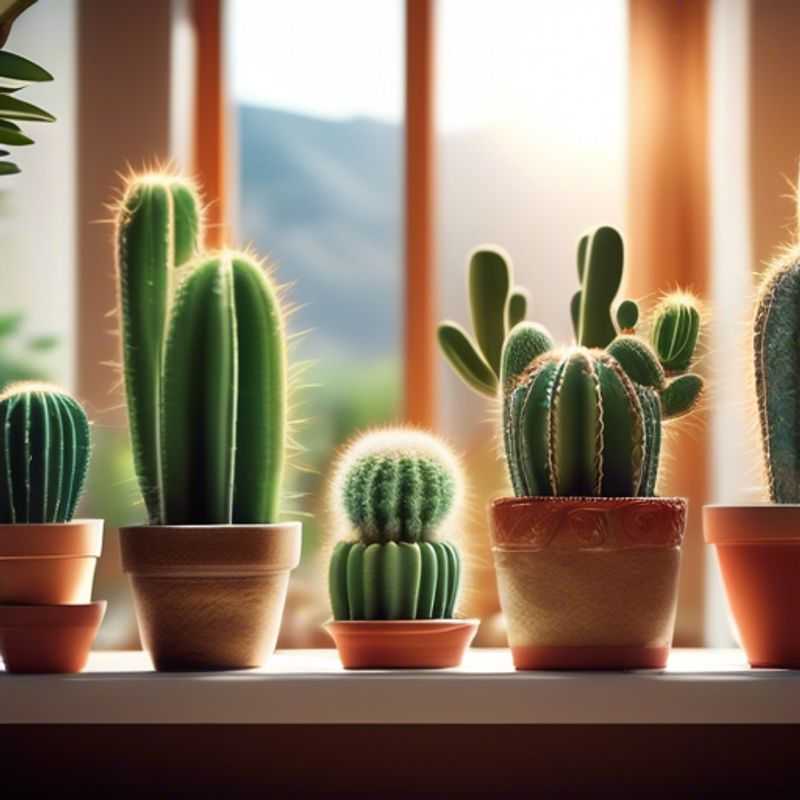
Prickly Business: Handling Cacti Safely
Cacti are fascinating plants known for their unique adaptations to arid environments, but they can also pose a hazard due to their sharp spines. Always handle cacti with caution, as their spines can cause painful punctures and infections.
When working with cacti, wear thick gloves to protect your hands from the spines. Leather gloves are ideal, but gardening gloves can offer some protection. Avoid wearing loose clothing, as spines can easily get caught in fabric.
Use a tool like a pair of pliers or tongs to move or handle larger cacti. If you must touch a cactus directly, do so with a firm grip and avoid any sudden movements.
After handling a cactus, thoroughly wash your hands with soap and water to remove any lingering spines. Inspect your clothing for any spines that may have become embedded.
If you experience a spine puncture, remove the spine carefully using tweezers. Apply antiseptic to the wound and cover it with a bandage. Seek medical attention if the puncture is deep or if you experience excessive bleeding or inflammation.

Prickly Perfection: Choosing the Right Soil and Container for Your Cactus
When selecting the best soil mix for your cactus, it’s essential to choose a well-draining medium. A typical mix includes two parts potting soil, one part coarse sand, and one part perlite or pumice. This combination helps prevent root rot by allowing excess water to drain away quickly. Additionally, consider using a commercial cactus mix, which is specifically formulated for these plants.
Regarding container size, cacti generally prefer slightly snug conditions. A pot that is too large can lead to overwatering issues, as the soil may retain too much moisture. Aim for a container that is about 1-2 inches larger in diameter than the root ball of your cactus. Ensure that the pot has drainage holes at the bottom to facilitate water escape.
When estimating costs, consider the following paid activities: purchasing high-quality soil mix (approximately $10-$20), selecting a suitable pot (ranging from $5-$30 depending on material and size), and potential fertilizers specifically designed for cacti (around $5-$15). These investments can significantly enhance the health and growth of your cactus.
In summary, for optimal cactus care, use a well-draining soil mix tailored for succulents and select a pot that fits snugly around the roots while providing adequate drainage. Remember, investing in quality materials is key to a thriving cactus.
